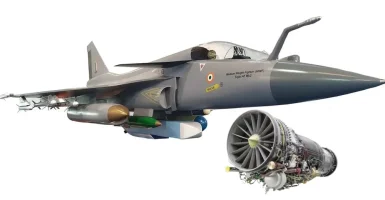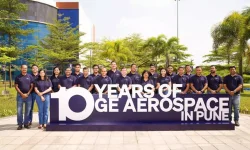- Views: 2K
- Replies: 8

India has reached a significant milestone in its pursuit of advanced missile technology with the successful completion of the final experimental test for the Solid Fuel Ducted Ramjet (SFDR) propulsion-based missile system.
Developed indigenously by the Defence Research and Development Organisation (DRDO), this cutting-edge technology is poised to revolutionize India's capabilities in developing long-range air-to-air missiles.
The final test demonstrated the flawless performance of the SFDR system, achieving all mission objectives with precision. It validated the missile's propulsion system, guidance mechanism, and aerodynamic design under realistic conditions.
The successful test confirms that the technology is now mature and ready for integration into advanced missile systems, marking a major step towards self-reliance in high-performance missile technology.
SFDR technology leverages the principles of a ramjet engine, utilizing atmospheric oxygen for combustion. This significantly reduces the need to carry an oxidizer, allowing for a lighter and more efficient missile design. This system is particularly advantageous for increasing the range and speed of air-to-air missiles, offering a crucial strategic advantage in combat scenarios.
With this technology, India can now develop missiles capable of engaging targets at extended ranges, providing the Indian Air Force with a potent tool to counter aerial threats. This capability is crucial in modern warfare, where longer engagement distances are necessary to counter advanced adversary aircraft.
The readiness of the SFDR for integration into missile systems suggests that we may soon see new or upgraded versions of existing missiles like the Astra, potentially with significantly increased range and effectiveness. This advancement could place India among a select group of nations with such advanced missile capabilities.
While the SFDR technology has been proven, the next steps involve integrating this system into actual missile platforms, followed by further testing to ensure compatibility and effectiveness in real-world combat scenarios.
The DRDO and the Indian military will likely focus on optimizing this technology for specific operational needs, potentially leading to new missile variants or upgrades to existing ones.




